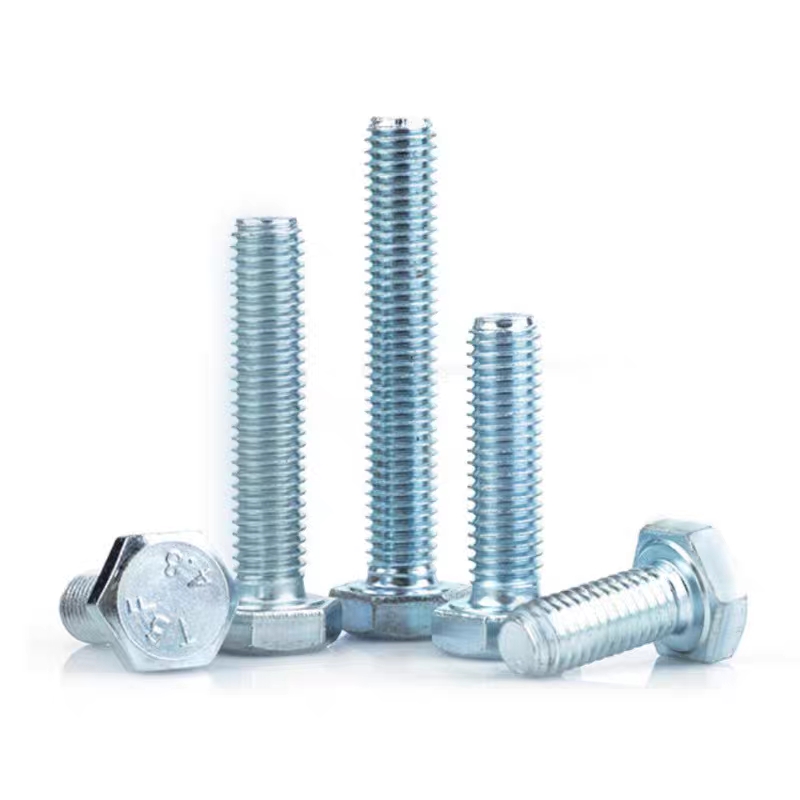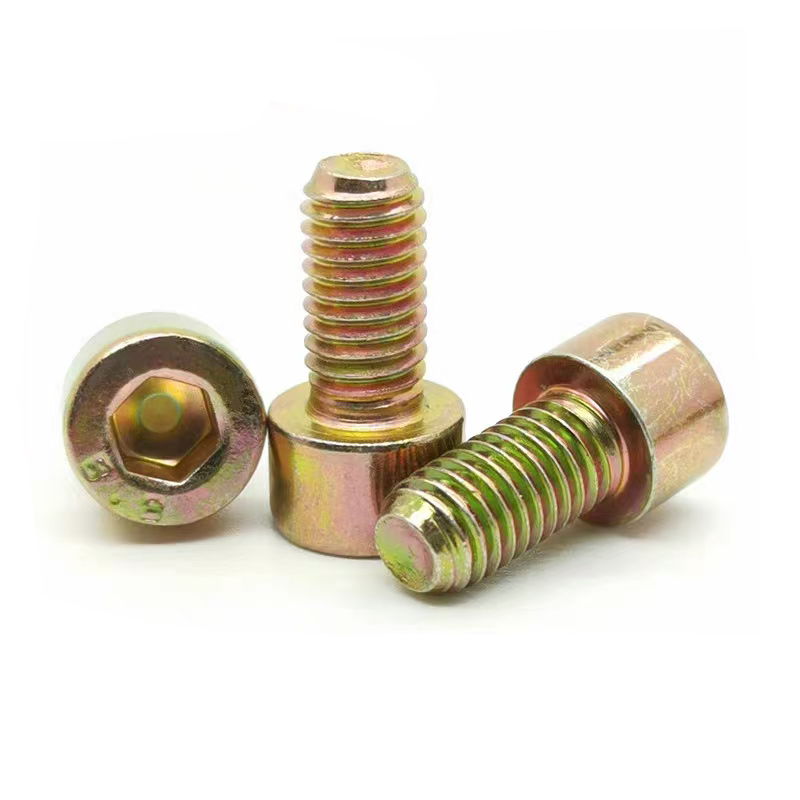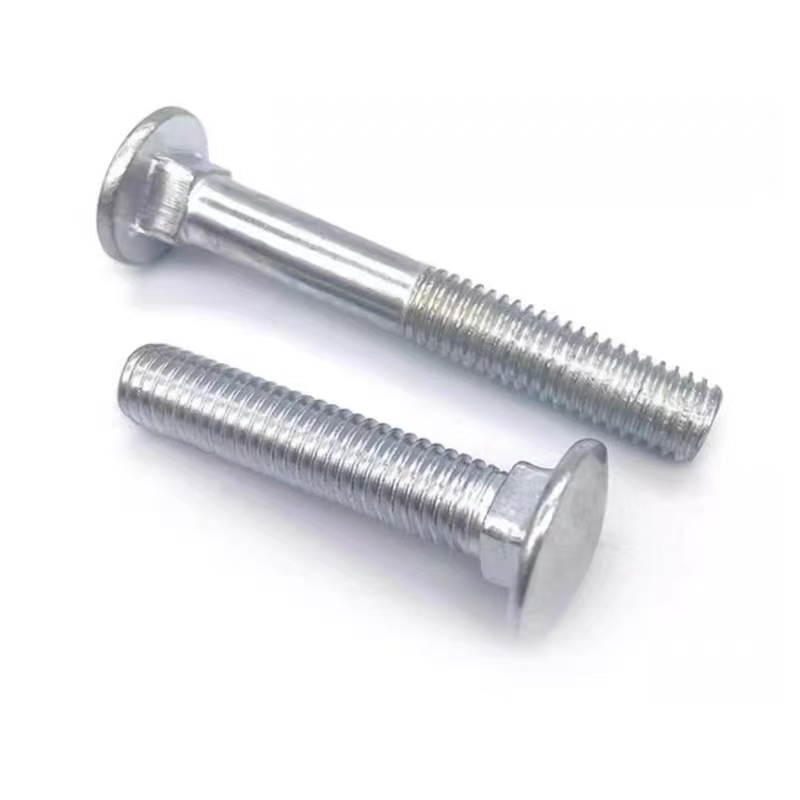- Chinese
- French
- German
- Portuguese
- Spanish
- Russian
- Japanese
- Korean
- Arabic
- Irish
- Greek
- Turkish
- Italian
- Danish
- Romanian
- Indonesian
- Czech
- Afrikaans
- Swedish
- Polish
- Basque
- Catalan
- Esperanto
- Hindi
- Lao
- Albanian
- Amharic
- Armenian
- Azerbaijani
- Belarusian
- Bengali
- Bosnian
- Bulgarian
- Cebuano
- Chichewa
- Corsican
- Croatian
- Dutch
- Estonian
- Filipino
- Finnish
- Frisian
- Galician
- Georgian
- Gujarati
- Haitian
- Hausa
- Hawaiian
- Hebrew
- Hmong
- Hungarian
- Icelandic
- Igbo
- Javanese
- Kannada
- Kazakh
- Khmer
- Kurdish
- Kyrgyz
- Latin
- Latvian
- Lithuanian
- Luxembou..
- Macedonian
- Malagasy
- Malay
- Malayalam
- Maltese
- Maori
- Marathi
- Mongolian
- Burmese
- Nepali
- Norwegian
- Pashto
- Persian
- Punjabi
- Serbian
- Sesotho
- Sinhala
- Slovak
- Slovenian
- Somali
- Samoan
- Scots Gaelic
- Shona
- Sindhi
- Sundanese
- Swahili
- Tajik
- Tamil
- Telugu
- Thai
- Ukrainian
- Urdu
- Uzbek
- Vietnamese
- Welsh
- Xhosa
- Yiddish
- Yoruba
- Zulu
- Kinyarwanda
- Tatar
- Oriya
- Turkmen
- Uyghur

China flange gasket
html
Understanding the Complex World of China Flange Gaskets
When we talk about industrial components, the China flange gasket often comes up but is surprisingly misunderstood. Many overlook its importance, often considering it a simple piece of material. However, anyone with hands-on experience in the field knows its role is far from trivial. Let's delve into what makes these gaskets pivotal and how companies, particularly in China's dynamic industrial landscape, are innovating in this space.
The Basics: What Exactly is a Flange Gasket?
At the heart of every pipeline joint lies a gasket. This humble yet critical component ensures a tight seal between two connecting surfaces. In China, the production of flange gaskets has seen tremendous growth and diversification, thanks to advanced manufacturing techniques and materials science.
Having worked in the industry, you quickly learn that choosing the right flange gasket can prevent major leakage. It’s about matching the gasket material with the operating conditions—temperature, pressure, and medium. Not always straightforward, but that’s where expertise comes into play.
Handan Zitai Fastener Manufacturing Co., Ltd., a notable player in this field, is based in Yongnian District, Handan City. They utilize their strategic position—conveniently accessible via major railways and expressways—to distribute gaskets efficiently across various industries.
Material Selection: Science or Art?
Why are some gaskets made of rubber, while others are composed of metal or PTFE? It hinges on the application's specific needs. A refinery will demand a different kind of gasket than a water treatment facility, a distinction that’s crucial.
I remember a project where we overlooked the chemical compatibility of a gasket material. The result was a costly lesson in ensuring material compatibility. Handan Zitai advances the understanding of these materials with ongoing research and development.
Their location in the Hebei Province, known for a robust standard parts production base, allows them to tap into a vast pool of material innovations and collaborations. This regional advantage enhances both quality and variety in gasket offerings.
Common Challenges in the Field
Even the best gaskets don’t perform in isolation. Misalignments, improper installation, and insufficient pressure can all render a perfectly chosen gasket ineffective. I’ve seen teams struggle with these issues firsthand, often underestimating the subtle nuances of installation procedures.
Training and precision are key. An experienced technician knows how to detect potential misalignments before they escalate. It’s the kind of skill that you develop over years, often right in the thick of a plant shutdown or maintenance operation.
Companies like Handan Zitai contribute here by providing technical support and detailed installation guides to mitigate user errors and enhance gasket performance.
Innovation in Action
Flange gaskets might seem rudimentary, but innovation is alive and well. The forefront is the development of composite materials that can withstand harsher environments and extend the service life of gaskets.
This advancement is pivotal for industries like petrochemicals and oil and gas, where downtime can translate into significant financial loss. Handan Zitai Fastener Manufacturing Co., Ltd. is actively involved in pushing these boundaries, as indicated on their website: zitaifasteners.com.
Their approach combines traditional manufacturing expertise with modern technology—resulting in products that are both reliable and cutting-edge.
Looking Ahead: The Future of Flange Gaskets
As industries evolve, the demand for high-quality, resilient flange gaskets grows. The role of manufacturers can’t be overstated. They drive innovation and set new standards in an increasingly competitive market.
It’s no surprise that many eyes are on China, a global leader in manufacturing. Companies based here are setting benchmarks in both quality and efficiency, leveraging geographical advantages and technological prowess.
The journey isn’t without its hurdles, but with continued focus on research and customer feedback, firms like Handan Zitai will remain at the forefront—transforming the way we see and use flange gaskets in the future.
Related products
Related products
Best selling products
Best selling products-
 Anti-loosening nut (locking nut)
Anti-loosening nut (locking nut) -
 Electrogalvanized hexagonal bolts
Electrogalvanized hexagonal bolts -
 Electrogalvanized cross countersunk drill thread
Electrogalvanized cross countersunk drill thread -
 Hot-dip galvanized chemical bolts
Hot-dip galvanized chemical bolts -
 Hexagon socket colored zinc-plated bolts
Hexagon socket colored zinc-plated bolts -
 Hexagon socket electrogalvanized bolts
Hexagon socket electrogalvanized bolts -
 Colored zinc flange bolts
Colored zinc flange bolts -
 Electrogalvanized nuts
Electrogalvanized nuts -
 Colored galvanized hexagonal drill tail wire
Colored galvanized hexagonal drill tail wire -
 Umbrella handle anchor (J-type anchor bolt/umbrella handle embedded bolt)
Umbrella handle anchor (J-type anchor bolt/umbrella handle embedded bolt) -
 Electro-galvanized countersunk cross bolts
Electro-galvanized countersunk cross bolts -
 Colored zinc plated countersunk cross bolts
Colored zinc plated countersunk cross bolts













